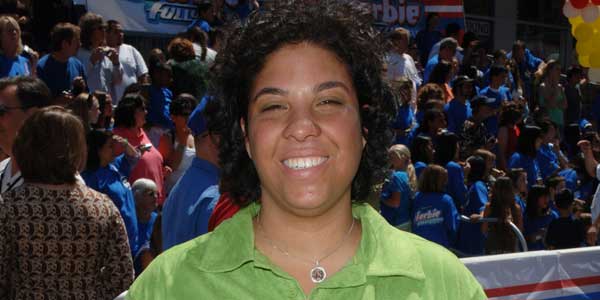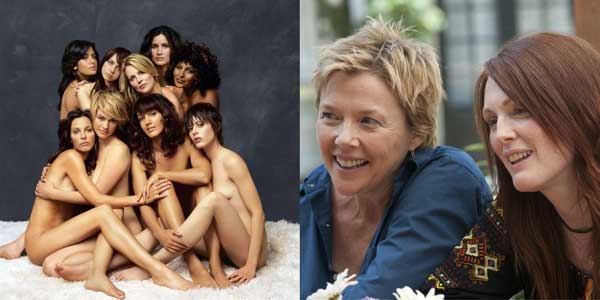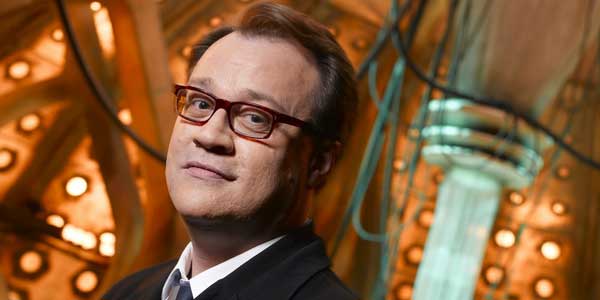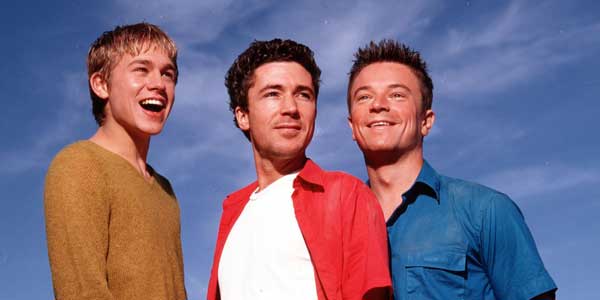Originally posted on www.biggaypictureshow.com
Last week, I gave thanks to one of the most prolific LGBT writers in the UK, Russell T. Davies, and this week I’m not only looking across the pond at our American counterparts, but I’m also looking at the lovely lady gays. First on this list to give thanks to is film and television director, screenwriter and producer Angela Robinson.
Many of you out there may not have heard of Miss Robinson, but I can be pretty certain that you’ve heard of her work.
In the UK and America, Queer as Folk helped gay men burst into the mainstream and also made them the central characters of their own TV show, but for lesbians this didn’t really happen until the hit show The L Word came on the scene in 2004. In the midst of all the cast and creators, Angela Robinson was there working away acting as a director, writer and producer for the show, which helped lesbian characters break out onto American television like they never had before.
Aside from this, the show gave gay women a show of their own, instead of having to tune into Queer as Folk USA, where there were lesbian characters but they didn’t really balance out against their gay male counterparts.
This isn’t the only thing that she has done, she was also the director, writer and editor of the film D.E.B.S, an action comedy that was a slight parody of Charlie’s Angels and revolved around a lesbian love story. The film was an expansion on a short film of the same name, which was created by Robinson and won a clutch of awards back in 2003.
Luckily for everyone, Angela has continued to work in television and film through the last decade and has directed films such as Herbie: Fully Loaded, starring Lindsay Lohan. She has also worked as a writer on programmes such as True Blood, which itself can be viewed as an allegory for gay rights and has recently seen a few lesbian twists coming into it (whether she had anything to do with this is anyone’s guess).
As we can see, gay people working behind the scenes are helping us gain mainstream recognition in TV and film across the globe in an array of different shows. I mean, how many of you thought you’d see lesbians in a vampire programme (who aren’t just there for the titillation of straight male viewers)? But luckily for us these gay filmmakers, writers and producer are here, and hopefully here to stay.








